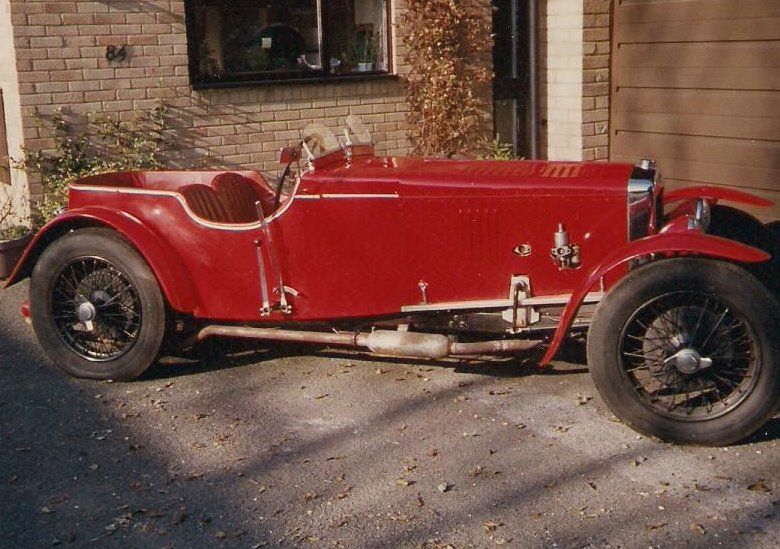The carburretor has been described as a device to deliver an incorrect mixture at all engine speeds.
Fixed Jet
With a single jet, and fixed venturi, the fuel passing through the jet will only provide the correct air/fuel ratio at one engine speed. To expand this range, more sophisticated units effectively put the Main Jet out of circuit at small throttle openings, and take fuel through a smaller, Idling Jet. Again, this is not ideal, so arrangements are made for air to bleed into the fuel stream, to weaken it as the speed rises. The extra air to create the air/fuel emulsion is controlled by the Idling mixture Screw, (A needle valve actually). The idling system, usually delivers air beneath the throttle plate.
As the throttle opens and the air flow through the venturi increase, the main jet comes into play, but the air/fuel delivered is modified by the Compensating Jet, which can admit extra fuel to improve mixture strength at relatively low air flows. As the air flow increases, and the fuel delivery from the Main Jet increases the Compensating system decreases the fuel flow and can admit extra air to prevent the mixture becoming over rich.
Constant Vacuum/ Variable Venturi
The best known exponent is the S U. This uses the depression caused by the air flow through the variable venturi to lift a dual diameter piston which carries a tapered needle, (which is centred in a fixed fuel jet). As the air flow increases, the depression increases, because of a greater throttle opening, and or higher engine speed, so the piston rises, increasing the area of the venturi, and decreasing the depression acting on the jet. To compensate for this, the tapered needle , being higher, increases the area through which fuel can flow. By carefully matching the profile of the needle to the air flow of that particular engine configuration, the air/fuel mixture delivered to the engine can be fairly closely controlled. This has the advantage of providing minimal restriction to air flow, and therefore volumetric efficiency at high engine speeds and large throttle openings.
At lower speeds, the smaller area venturi improves fuel atomisation, and hence mixture distribution, so giving better low speed torque.
The Stromberg version of this, replaces the larger diameter of the piston by a "rubber" diaphragm, which has the advantage of providing an air tight seal; but the disadvantage of having a spring rate, so that the resistance to lifting increases as the diaphragm and smaller piston lift.
Ford also produced a variation on this theme, using a pivoted sector to move the needle in and out of the jet.
In every case, the profile of the needle has to be matched to the particular engine and its air flow
Twin choke, progressive, carburettors are an attempt for fixed jet units to match the characteristics of the constant vacuum units. Some use a mechanical linkage from the primary throttle to open the secondary throttle more rapidly as the primary reaches a certain opening. Other versions, use a vacuum diaphragm to open the secondary throttle.
The opening points need to be carefully set to ensure as smooth a changeover as possible and to optimise performance..
So taking a carb, off, say, a 3.4 litre Jaguar and bolting it straight onto a 1.8 Litre BMC B series will not provide optimum performance or economy. With a suitably matched needle, the performance can be improved..
In the same way, fitting a pair of big bore Twin Choke Webers on to a 850 Reliant engine will improve breathing, but the jets will have to changed to match the air flow characteristics of the smaller engine.
Changing the camshaft to one giving different valve lift, or events, will call for ta change of jets.
A carburettor which is badly matched to the engine will not provide smooth driveability, torque, power, or economy. And, it may make the engine an absolute pig to cold start!
Electronic Engine management, controlling fuel delivery, from the Injectors, and Ignition Timing, gives much better control since the fuel delivery can be adjusted to the required level by feedback signals from the Lambda sensor, which should optimise all engine settings, for emissions and power output.
Howard
Peter G. Shaw.





